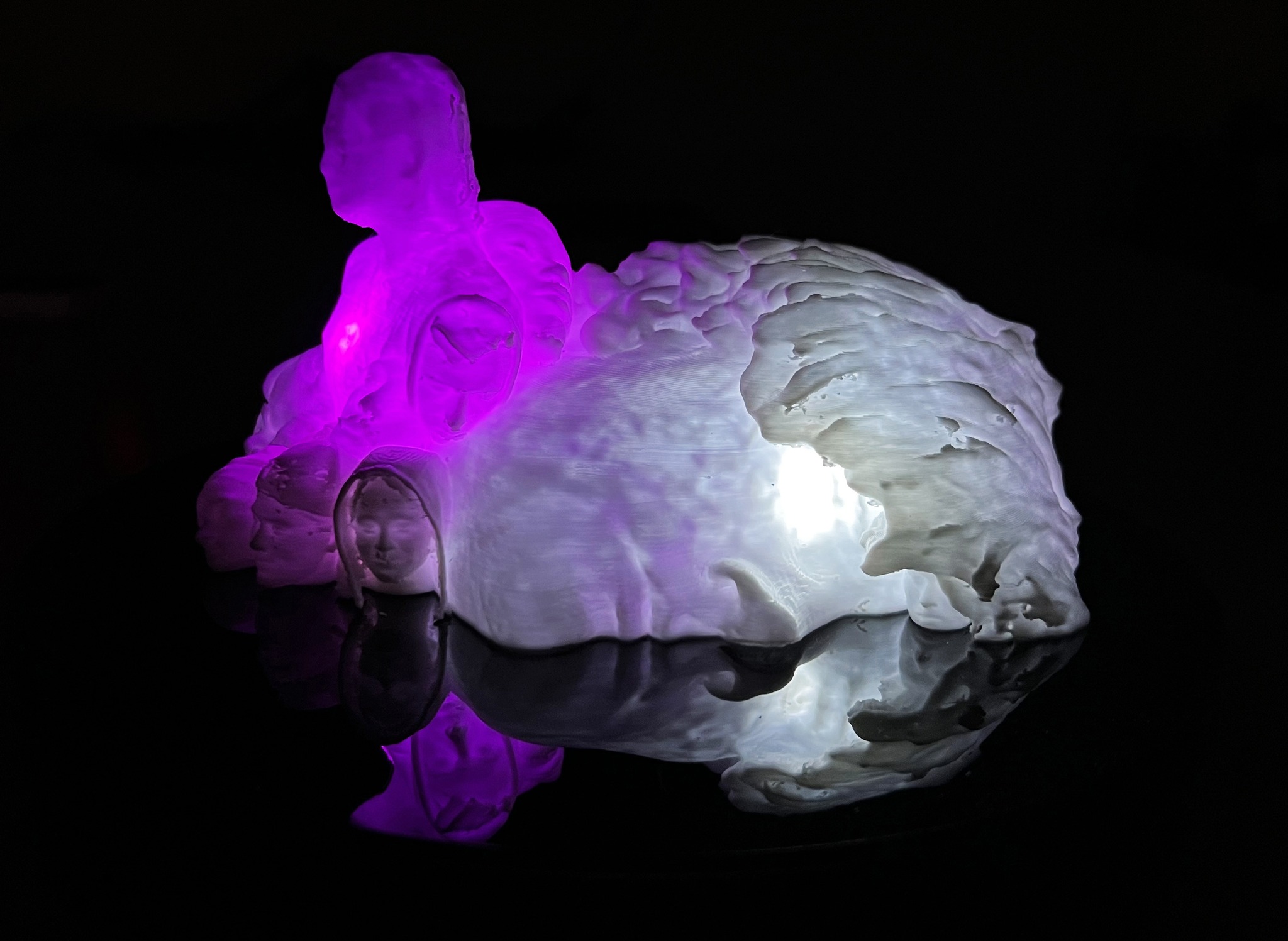

Roy Tamir
Los Angeles, California. Fall of 2022. I am studying toward my master’s in architecture and building technologies. It is my first semester at the Southern California Institute of Architecture (SCI-Arc). Working in small groups, we are tasked with designing an elementary school in the near future. I form a team with Raunak and Vandana, as we had good vibes since orientation week. They are both intelligent and tech-savvy architects from India, and so we set about designing a school that physically invigorates the mind and senses. At SCI-Arc we design using 3D design programs typically used in the animation industry, and, yes, it is as cool as it sounds.
The harsh winter of 2022 caught everyone by surprise. Even seasoned dwellers of Los Angeles can’t remember such low temperatures and torrential rain. Between the three of us, we find ourselves navigating through flooded apartments, extended blackouts, road closures, new Covid outbreaks, and searches for a new apartment, as if the process of acclimation in a foreign country isn’t challenging or stressful enough. That is when I gained a new perspective on the true strength of comradeship. Whenever one of us faced personal difficulties and couldn’t work on the project, the other two covered for them and presented the weekly progress as if it were done by all three of us. Borrowing from the phrase “The strength of a chain is measured by its weakest link”, in our case it translated to taking out the exhausted link for maintenance and healing. By doing so, the chain was always strong. Acknowledging the “safety net” the team provided gave each of us, in itself, strength and motivation to overcome any challenge. This sense of equanimity - a mental resilience that stemmed from my teammates’ culture and upbringing - made me reflect on the Virtue of “Reut” we hold dear in our Israeli heritage back home.
Though taking place in an academic setting, this eye-opening milestone deeply influenced my personal growth as a person, as a teammate, as a creator, and as an architect. And this was only the first semester. So imagine how many more life lessons and academic experiences I absorbed over the following two years.
How can we become better designers? How can we utilize technology to work for us more efficiently? How can we elevate the human aspect of design? And, how can we rekindle our sense of solidarity? These are some of the questions I set out to answer in my journey to study architecture in America. Architecture studies are inherently challenging. Even more so in a different country, far from home. It demands full immersion and concentration in studying design, planning, structure, computation, history, theory, sociology, manufacturing, emissions, ecology, and climate.
That is why I hold dear Fulbright’s embrace and support throughout this journey. Fulbright offered me a community to turn to for professional advice and personal support. Fellow scholars and academic advisors helped me navigate issues of acclimation, paperwork, and academic life in the United States. This support allowed me to focus on the goals I came here to engage with and evolve both as an architect and as a person.
Thank you, Fulbright, for this exceptional opportunity.



